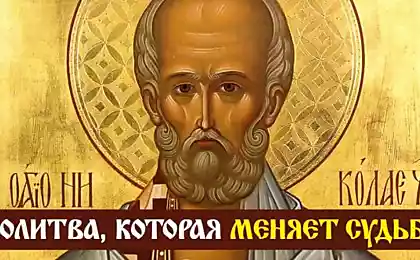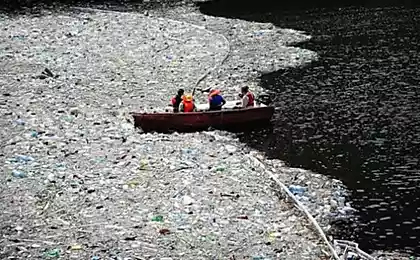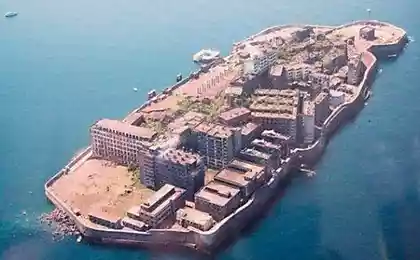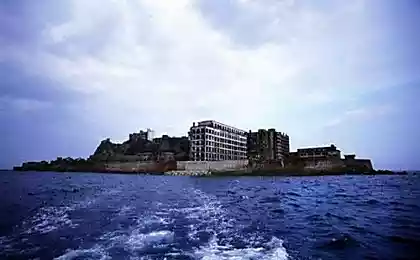2662
Pacific Ocean. Great garbage island. That's all we
This so-called Great Garbage Island, located in the Pacific Ocean. The area reaches up to 1, 8 million square kilometers. None of them environmentalists are not interested, "save" the Earth from giant dump three eccentric (some have an official certificate from a psychiatrist) - Charles Moore, a grandson, Olav Heyerdahl and David Rothschild (he also has a certificate).

In the vastness of the great ocean known North Pacific subtropical maelstrom - a massive and slow flow, spin clockwise, which cause pressure drops and temperature. This area - a sort of desert in the ocean, filled with vegetable plankton, but extremely poor big fish or mammals. Constant calms and the lack of game animals does not attract shipping: rarely a ship crosses this region. And besides plankton are found only debris. Millions of tons of debris - a huge dump on the planet, slowly drifting across the expanses of the Pacific Ocean.

The currents formed a maelstrom just two garbage Education, known as East and West Pacific garbage sites - and together they are sometimes called the Great Pacific Garbage site. The eastern section is located between Hawaii and California, and an area twice the size of Texas. West landfill is located to the east of Japan. But do not think that the blame alone Hawaiian or Japanese: the great Pacific garbage collects almost all of humanity. Subtropical zone flows extend to 6 thousand. Km and accumulate garbage collected from all over the Pacific.
All garbage floating on the ocean surface, 90% is made of plastic.

Environmentalists, of course, do not sit around - there are even special funds, which aim to cleaning and recycling of ocean debris. The history of their appearance is quite entertaining:
14 years ago, a young playboy and sailor Charles Moore, the son of a wealthy chemical magnate decided after the session at UCLA relax in Hawaii. At the same time, Charles decided to try out in the ocean and his new yacht.

To save time, swam straight. A few days later, Charles realized that swam in the trash. "Within a week, every time I went out on the deck, sailing past some plastic trash - wrote in his book, Moore Plastics are Forever? - I could not believe my eyes: how could we dirtied a vast area? For this garbage I had to go every day, and no end to be seen ... »
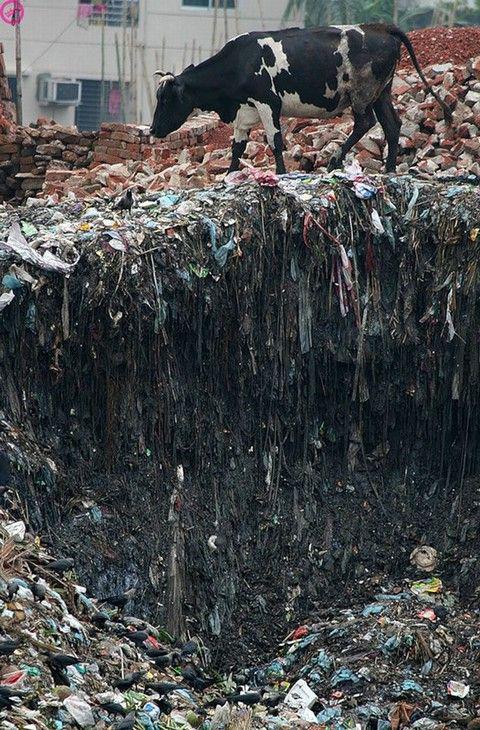
Swimming through the tons of waste has turned the life of Moore. He sold all of its shares and used the money to an environmental organization founded Algalita Marine Research Foundation (AMRF), which was engaged in the study of the ecological state of the Pacific Ocean. From his reports and warnings are often brushed aside, not taking seriously. Perhaps a similar fate awaited the present report would AMRF, but then helped environmentalists by nature - the January storms dumped on the beaches of the island of Kauai and Niihau, more than 70 tons of plastic trash.

They say, the son of famous French oceanographer Jacques Cousteau, who went to Hawaii to shoot a new film, almost got a heart attack at the sight of the mountains of garbage. However, plastic is not only spoiled the lives of tourists, but led to the death of some birds and sea turtles. Since then, the name of Moore's not gone from the pages of American media. Last week, the founder AMRF warned: if consumers do not limit the use of plastic, which is not processed in the next 10 years, the surface area of "garbage soup" will double to threaten not only Hawaii, but also all countries in the Pacific region. & Quot;
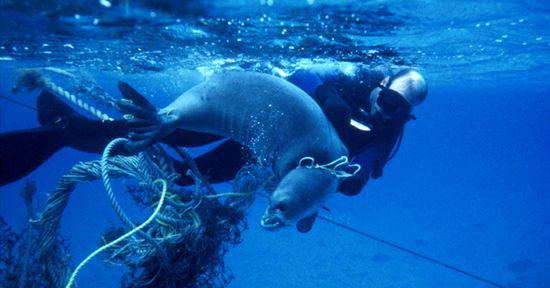
But in general the problem of trying to "ignore." The dump's not like a regular island. According to its consistency it resembles a "soup" - pieces of plastic are floating in water at a depth of from one to hundreds of meters. In addition, more than 70 percent of all plastic comes here falls in the bottom layers, so we did not exactly imagine how many there may accumulate trash. Because the plastic is transparent and lies directly beneath the water surface, the satellite "polyethylene Sea" can not be seen. Garbage can be seen only with the nose of the ship - or immerse yourself in the water diving.





In the vastness of the great ocean known North Pacific subtropical maelstrom - a massive and slow flow, spin clockwise, which cause pressure drops and temperature. This area - a sort of desert in the ocean, filled with vegetable plankton, but extremely poor big fish or mammals. Constant calms and the lack of game animals does not attract shipping: rarely a ship crosses this region. And besides plankton are found only debris. Millions of tons of debris - a huge dump on the planet, slowly drifting across the expanses of the Pacific Ocean.

The currents formed a maelstrom just two garbage Education, known as East and West Pacific garbage sites - and together they are sometimes called the Great Pacific Garbage site. The eastern section is located between Hawaii and California, and an area twice the size of Texas. West landfill is located to the east of Japan. But do not think that the blame alone Hawaiian or Japanese: the great Pacific garbage collects almost all of humanity. Subtropical zone flows extend to 6 thousand. Km and accumulate garbage collected from all over the Pacific.
All garbage floating on the ocean surface, 90% is made of plastic.

Environmentalists, of course, do not sit around - there are even special funds, which aim to cleaning and recycling of ocean debris. The history of their appearance is quite entertaining:
14 years ago, a young playboy and sailor Charles Moore, the son of a wealthy chemical magnate decided after the session at UCLA relax in Hawaii. At the same time, Charles decided to try out in the ocean and his new yacht.

To save time, swam straight. A few days later, Charles realized that swam in the trash. "Within a week, every time I went out on the deck, sailing past some plastic trash - wrote in his book, Moore Plastics are Forever? - I could not believe my eyes: how could we dirtied a vast area? For this garbage I had to go every day, and no end to be seen ... »

Swimming through the tons of waste has turned the life of Moore. He sold all of its shares and used the money to an environmental organization founded Algalita Marine Research Foundation (AMRF), which was engaged in the study of the ecological state of the Pacific Ocean. From his reports and warnings are often brushed aside, not taking seriously. Perhaps a similar fate awaited the present report would AMRF, but then helped environmentalists by nature - the January storms dumped on the beaches of the island of Kauai and Niihau, more than 70 tons of plastic trash.

They say, the son of famous French oceanographer Jacques Cousteau, who went to Hawaii to shoot a new film, almost got a heart attack at the sight of the mountains of garbage. However, plastic is not only spoiled the lives of tourists, but led to the death of some birds and sea turtles. Since then, the name of Moore's not gone from the pages of American media. Last week, the founder AMRF warned: if consumers do not limit the use of plastic, which is not processed in the next 10 years, the surface area of "garbage soup" will double to threaten not only Hawaii, but also all countries in the Pacific region. & Quot;

But in general the problem of trying to "ignore." The dump's not like a regular island. According to its consistency it resembles a "soup" - pieces of plastic are floating in water at a depth of from one to hundreds of meters. In addition, more than 70 percent of all plastic comes here falls in the bottom layers, so we did not exactly imagine how many there may accumulate trash. Because the plastic is transparent and lies directly beneath the water surface, the satellite "polyethylene Sea" can not be seen. Garbage can be seen only with the nose of the ship - or immerse yourself in the water diving.










